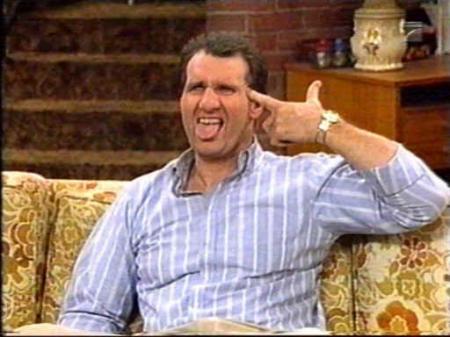I played in a park the other day that had a wide open, 310' hole that was marked as a par 5. Yikes!
Anyways, here is a good place to start:
http://www.pdga.com/files/documents/ParGuidelines.pdf
Although use common sense with this. For example, I am putting in a course designed for ~900 rated players. The first hole is 430', so it should be a par 4. However, it goes down a huge hill with zero trees on it. About 25' before the basket, there is very very thick bush. The basket is in a pocket that is about 15' wide and 30' deep. A 900 rated player with a great rip and perfect line could quite possibly ace the hole. If they rip it off the tee and hit the pocket on their drive, it is an easy 2. If they give a hard rip, but miss the pocket and end up in the bush, it is a difficult 4 and conceivably a 6 or worse. If they lay up and land before the bushes, it is only a mildly difficult 3. Since this hole is aceable, 2's are quite possible, and 3's are very doable if you layup, I made it a par 3 despite this chart saying it should be a par 4.

